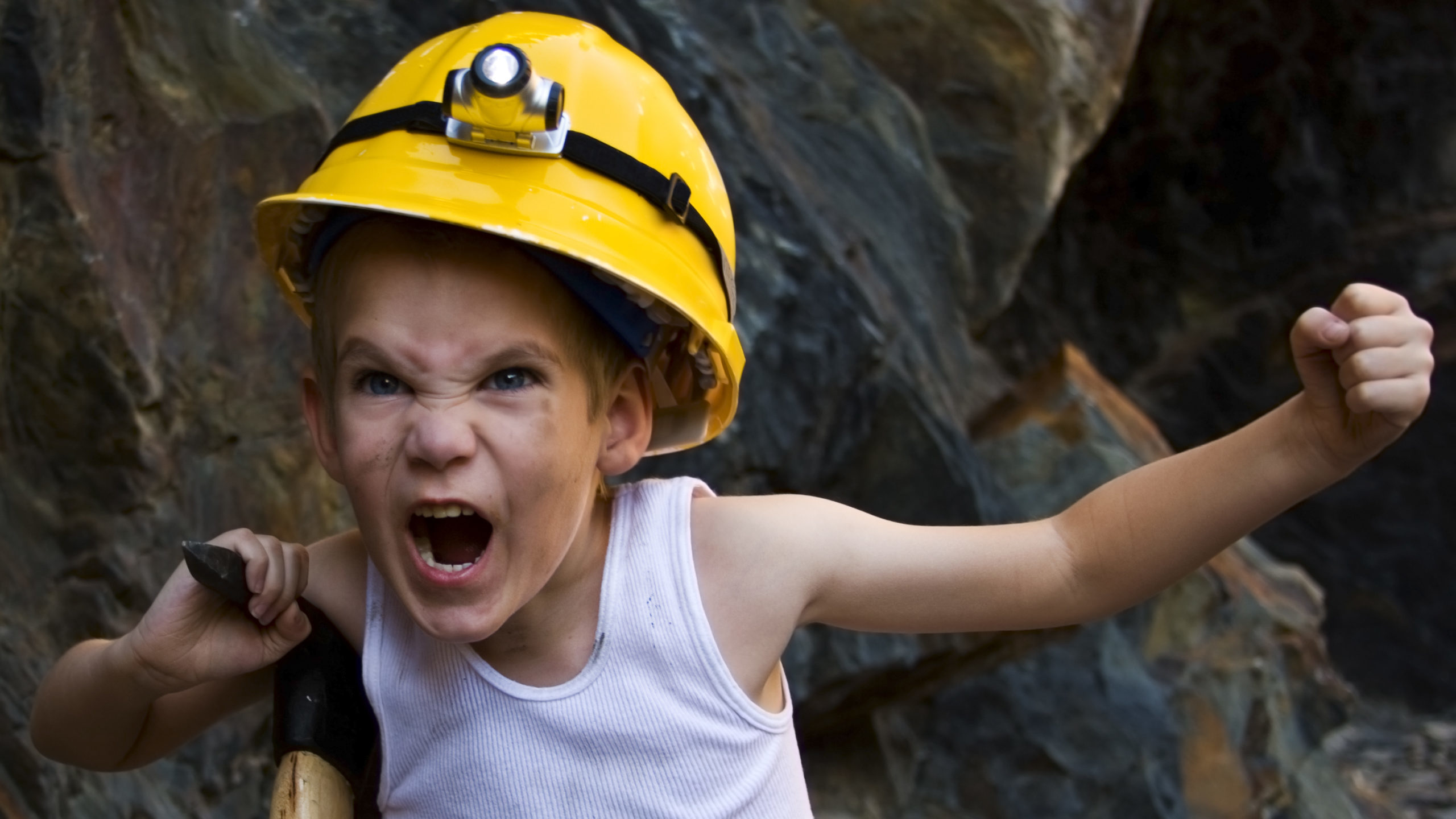Monsters of Rock: Queensland coal miners are angry about that royalty hike

Pic: pick-uppath/iStock via Getty Images
- Queensland coal miners have reacted angrily to changes in the state’s royalty rate they say are the “highest in the world”
- Bowen Coal’s Nick Jorss says the sudden move, which outstripped pre-budget expectations, will harm QLD’s status as an investment destination
- Stanmore Coal says it is reviewing the impact of the charges less than two months after sealing its US$1.2bn purchase of BHP’s BMC stake
Queensland coal miners say they have been blindsided by changes to the state’s royalty regime that will leave competitors “in the shade”.
The commodity has hit new heights this year in the wake of Russia’s invasion of Ukraine, with boycotts from traditional customers of the belligerent nation pushing up the price of Australian coal.
Both premium metallurgical coal and thermal coal are trading in the region of US$380/t, something that has delivered windfall profits for miners who were dreadfully under water a couple of years ago.
Queensland’s Palaszczuk Government and treasurer Cameron Dick unsurprisingly decided they’d like some of that.
The new royalty rate eclipses the old tiered scheme, which captured 7% of revenue at prices up to A$100/t, 12.5% for each dollar earned between $101-150/t and 15% for prices above $150/t.
The new tiers go way beyond that, with the state collecting 20% at prices above $175/t, 30% above $225/t and $40% above $300/t, a rate at most coal exporters will be paying from July 1 given where prices currently sit.
Bowen Coking Coal (ASX:BCB) executive chairman Nick Jorss, whose company announced a $190 million funding package to revive the mothballed Burton coal project yesterday, said the changes went way beyond what the industry had envisaged before Dick handed down his budget.
“I don’t think the industry saw this coming at all. As far as I’m aware, there was no communication (of changes) of this magnitude,” he told Stockhead.
“We’re moving to the highest royalty regime in the world, one that’ll leave Indonesia in the shade and every other jurisdiction, South America and elsewhere.”
Maroon state
Bowen is part of a wave of junior and mid-tier coal miners who have taken stewardship of assets closed or sold on by majors in recent years as many mainstream investors and banks have turned their backs on the commodity.
Along with Bowen, Terracom (ASX:TER) has seen a reversal in fortune this year at its Blair Athol mine in Queensland, privately owned Pembroke Resources spent $450 million to open the Olive Downs mine and Stanmore Coal (ASX:SMR), once run by Jorss but now majority owned by Indonesia’s Widjaja family, paid US$1.2 billion for the majority 80% stake in BHP’s (ASX:BHP) Poitrel and South Walker Creek JVs with Japan’s Mitsui.
Jorss thinks the sudden change in the royalty regime, slated to rake in $1.2b a year but likely to pull many times that if prices stay at current levels, will harm investment confidence in the state.
“The geology of Queensland is great. I’m a massive fan of Queensland, I’m a proud Queenslander and I’ll be wearing my maroon jersey this weekend. It doesn’t change the geology but what it does change I think is introduces some sovereign risk and really does sort of change the economics of some of these some of these projects,” he said.
“My concern is the regional jobs it’ll cost, the projects that don’t get built. And then the capital that’s not going to flow, because there’s a lack of certainty.
“You’ve got the state government trying to attract investment for transition metals, which we’re very supportive of and other things like hydrogen, but I think this will give Japanese and Korean and other offshore investors a real kind of cause for concern.”
Tax increases ‘extraordinary’: Stanmore
Stanmore Coal’s current CEO Marcelo Matos has also weighed in, taking the unusual step of notifying the stock market of the change in the royalty regime.
While many of the primary targets of the change are global majors like BHP, Anglo American, Glencore and Adani who are well stocked to whether cost increases, it will eat into the profits of emerging miners as well.
Stanmore only took on the 10Mtpa BMC mines at the start of May, with the PCI product they produce well supported due to Russia’s outsized share of sales of that style of coal into Europe.
It now says it is analysing the impact of both the royalty increase and a payroll tax levy on Queensland business to support mental health services.
“Royalty rates in Queensland were already among the highest in the world prior to these increases and come at a time when the Queensland coal industry was just recovering from the losses experienced during the market downturn in 2020 and 2021,” Matos said.
“The increases to the royalty rates without formal notice or consultation with the industry are unprecedented.
“The impact of these increases will be felt the most by workers and suppliers in regional Queensland communities that underpin the resources sector and make it Queensland’s largest export industry.”
Profits not just for today
The Queensland Government is seeking to tap into profits rarely seen by coal producers at a time of extraordinarily high prices.
But the industry is cyclical, and Jorss says those profits are needed to ensure miners can thrive through the cycle.
Only two years ago the pandemic sent shockwaves through the coal industry, hammering prices as demand for energy tumbled.
“The other point I make is that you’ve already got a progressive tax system, a tiered system of royalties in Queensland,” he said.
“And that was the whole point when the original royalty regime was negotiated of putting percentages in rather than fixed dollar amounts was that it goes up and down with the coal price.
“They’ll take $8 billion plus this year out of coal royalties. That’s a huge contribution from the industry, so putting on these very, very high, punishingly high additional layers of royalty, just seems very short sighted to me.
“As I say my fear is it will really detract from investment and that will cost jobs.”
There is a push globally to replace thermal coal where possible with renewable energy, one that has arguably played a role in the undersupply that has helped spur all time high prices.
But the vast bulk of the coal shipped out of Queensland is sold to steel factories, an industry that will be needed to build renewable energy infrastructure essential to any transition to green energy.
“I think there’s a broader shift with some of the bigger players getting out (of coal) for ostensibly for what they class as ESG reasons, which I don’t pretend to understand, given that 80% of our coal that a Queensland goes to make steel,” he said.
“Seven cent of global emissions come from the steel industry and you can’t decarbonise the other 93% without steel.
“Having said that, there’s a broader push for ownership transfer, what we’re trying to do at Bowen and what we did successfully at Stanmore while I was involved is buying these assets back from some of the multinational owners and bringing rewards back to local Queensland and Australian shareholders.”
Coal miners share prices today:
UNLOCK INSIGHTS
Discover the untold stories of emerging ASX stocks.
Daily news and expert analysis, it's free to subscribe.
By proceeding, you confirm you understand that we handle personal information in accordance with our Privacy Policy.








